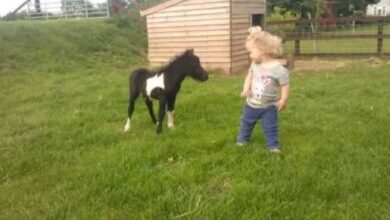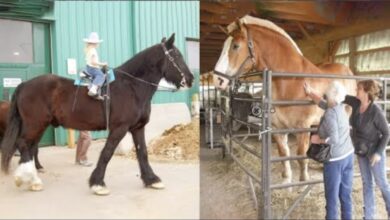BAD Horse Fails and Falls 2023 Part 4
Horses are unusual among hoofed mammals. Many members of this group typically roam in large herds, seeking safety in numbers. Wild horses, in contrast, live year-round in small groups, or bands, of three to 10 individuals. Closely allied mares and their young offspring form the core of the band.
Members of a horse band are not simply group animals with ganglike mentalities. Researchers have found that, as with humans, individual bonds within bands may be more important than group identity. These bonds are sometimes based on family ties, but often they are just based on individual preference. These preferences can and do change: friendships come and go, foals grow up and depart to live elsewhere, male-female relationships sometimes work out and sometimes don’t. As a result, the social lives of horses are nothing if not tumultuous. Indeed, long-term observation of these animals in the wild is like following a soap opera. There is a constant undercurrent of arguing, of jockeying for position and power, of battling over personal space, of loyalty and betrayal.
The latest ethological investigations—which is to say, objective studies of behavior under natural conditions—show that these power dynamics are more complicated than previously thought. The conventional view, as described in a recent National Academy of Sciences report, is that “a harem, also known as a band, consists of a dominant stallion, subordinate adult males and females, and offspring.” At first glance, this assessment would seem to be true: what people notice when watching wild horses is the uproar created by the stallions. But research by Jason Ransom of Colorado State University and others has shown that this male-centric view is wrong. Far from being subordinate, mares frequently initiate the band’s activities. The stallions are quite often little more than hangers-on.





